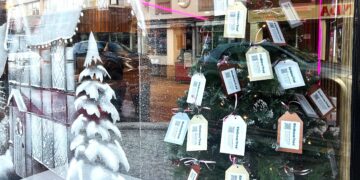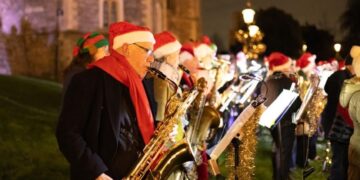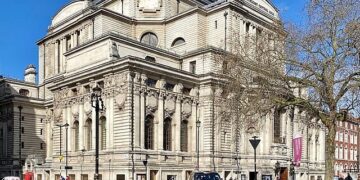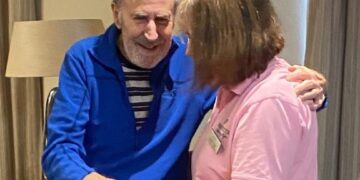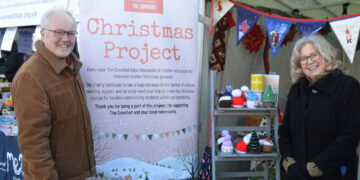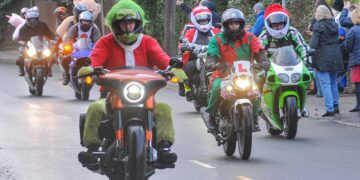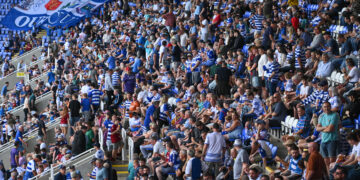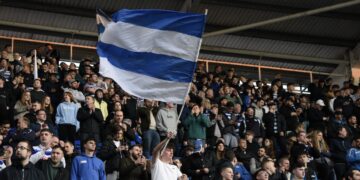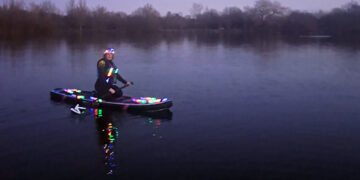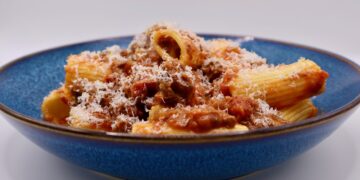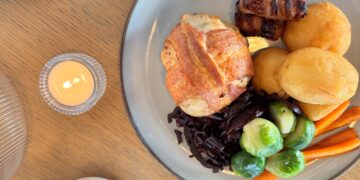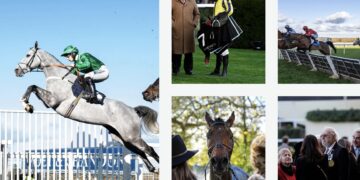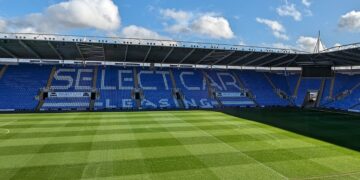A potential new wildlife site in Arborfield to make up for land lost under new houses in Hurst could be at risk, it’s been claimed.
A proposal to build 200 homes between Tape Lane and Lodge Road at Hurst would mean the Hurst field area losing nearly 45% of its wildlife, a planning inquiry into the homes was told.
To make up for that a new wildlife area (biodiversity net gain, BNG) has been suggested for land five miles away in Swallowfield Road, Arborfield.
At the final inquiry day last Friday Alex Shattock, barrister for Hurst Parish Council, which objects to the homes, said: “Very late in the day, it became clear there is in fact no security that the claimed biodiversity net gain can actually be delivered.. . .
“The failure to provide a cast iron guarantee, with no valid explanation being provided for this failure, is [a] serious flaw in this scheme.”
Rupert Warren KC, barrister for Mactaggart and Mickel who want planning permission for the homes said the biodiversity net gain would more than compensate for any habitat lost on the site.
There would be a contract to ensure the owner of the Arborfield site would do what was required.
Hurst resident John Edwards earlier told the inquiry the new homes would cause ‘irreplaceable harm to Hurst’s wildlife’. He added: “By the appellant’s ecologist’s own admission, Hurst will be losing nearly 45% of its wildlife on this site.
“It doesn’t matter how much green infrastructure they propose to plant, this will never make up for the loss of wildlife habitat area.
“It would be an even greater loss to Hurst as the appellant proposes to claim offsite BNG 8km away in another distant parish. My understanding is that habitat offsite should be as close to the development site as possible, to mitigate harm.”
He was concerned about who would monitor the setting up and effectiveness of the Arborfield site. Kent University experts are worried about lack of enforcement of BNGs.
Mr Edwards said Thames Valley Environmental Records had gathered thousands of sightings of flora and fauna since 1993 in areas close to the Hurst field which was in the middle of a critical wildlife corridor.
Countryside Stewardship Schemes targeted the area, with lapwings shown as a priority species. Habitats for redshank, turtle dove, yellow wagtail and grey wagtails were also to be encouraged.
A paper produced by Ecology Solutions said the 6.6 hectare Arborfield field was bordered by ancient woodland on three sides. It was a single large open agricultural grassland with field margins. Large and continuous areas of species-rich meadow grassland would be created. These habitats would include a diverse and native species mix, benefitting a range of faunal species, particularly foraging birds and invertebrates.


